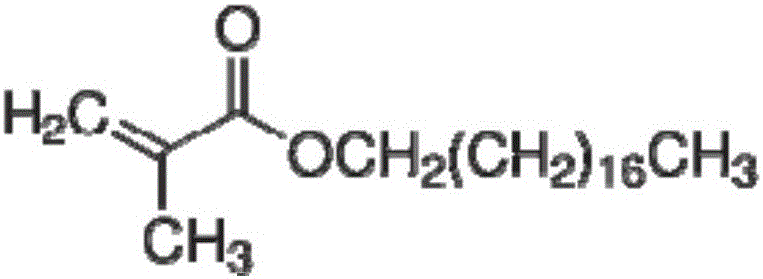Compositions for high speed printing of conductive materials for electronic circuitry type applications, and methods relating
A high-speed printing, conductive material technology, applied in applications, household appliances, inks, etc., can solve the problems of limited scalability, low deposition speed, high cost, etc.
- Summary
- Abstract
- Description
- Claims
- Application Information
AI Technical Summary
Problems solved by technology
Method used
Image
Examples
preparation example Construction
[0070] The present disclosure also relates to production methods and substrates having conductive metallizations produced by said production methods. The preparation method comprises the following steps:
[0071] (1) Provide the substrate,
[0072] (2) applying the conductive composition of the present invention to a substrate, and
[0073] (3) Subjecting the conductive composition applied in step (2) to photonic sintering to form a conductive metallization.
[0074] For embodiments in which the decomposable stabilizer comprises groups acidolyzed by catalytically active methods, photonic sintering can be performed with the aid of photoacid generators as shown in Table 1 below:
[0075]
[0076] Table 1
[0077] The "surfactants" indicated in Table 1 are intended to mean the thermally decomposable stabilizers of the present disclosure, or alternatively may denote co-surfactants in addition to the thermally decomposable stabilizers, wherein in addition to or independently ...
PUM
| Property | Measurement | Unit |
|---|---|---|
| particle size | aaaaa | aaaaa |
| electrical resistance | aaaaa | aaaaa |
Abstract
Description
Claims
Application Information
 Login to View More
Login to View More - R&D
- Intellectual Property
- Life Sciences
- Materials
- Tech Scout
- Unparalleled Data Quality
- Higher Quality Content
- 60% Fewer Hallucinations
Browse by: Latest US Patents, China's latest patents, Technical Efficacy Thesaurus, Application Domain, Technology Topic, Popular Technical Reports.
© 2025 PatSnap. All rights reserved.Legal|Privacy policy|Modern Slavery Act Transparency Statement|Sitemap|About US| Contact US: help@patsnap.com



